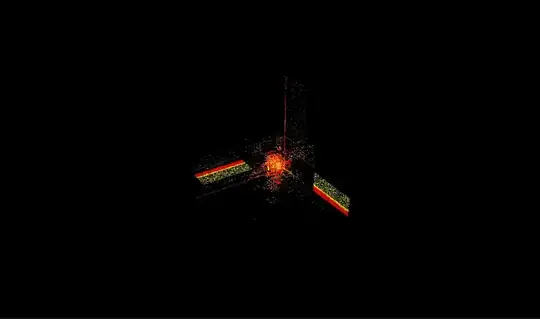I'm trying to recreate some of the 2D capabilities that were demonstrated in cantor.dust, I was wondering if anyone knows how they translate a large file(executable) into a number of different images / a large image that shows different patterns based on the content at different locations of the file
currently I have created single 256x256 bitmaps based on hex dumps from files which conform to the same patterns shown in the cantor.dust Derbycon presentation, but I am unsure how to make one large file into several bitmaps that show the pattern at different parts of the file, e.g. An executable that contains some ascii text would have portions that look like an executable and others that look like ascii text (via the patterns demonstrated in cantor.dust [2D])
Any help would be appreciated
